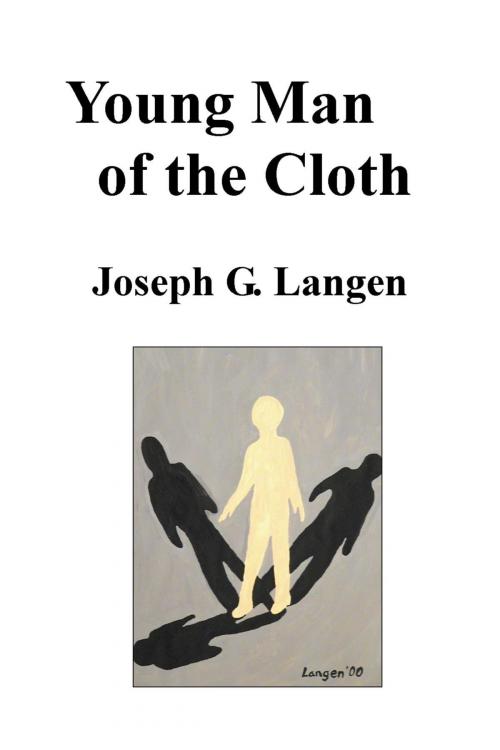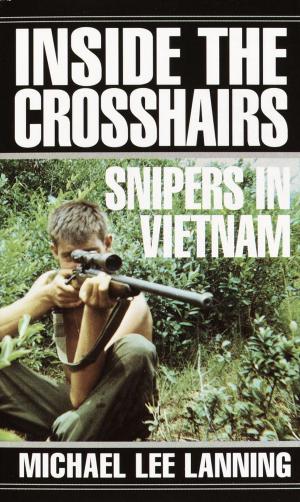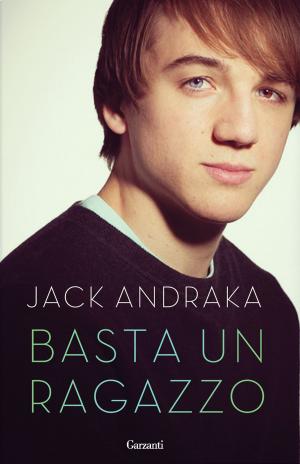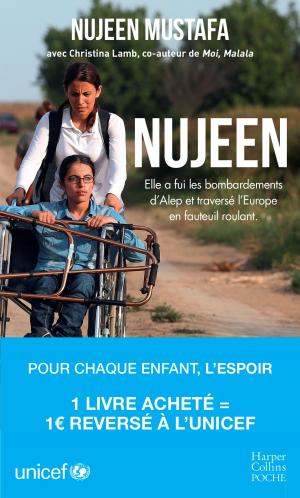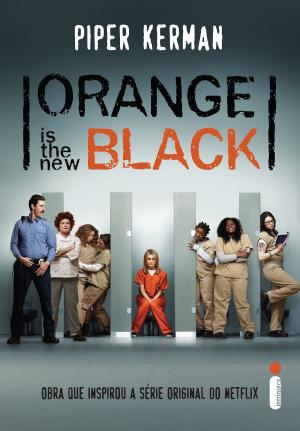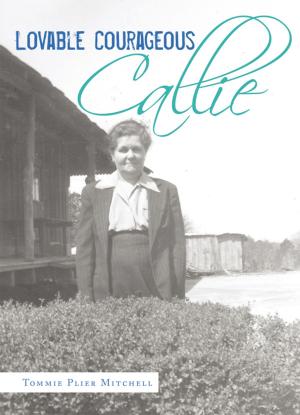| Author: | Joseph Langen | ISBN: | 9781476081595 |
| Publisher: | Joseph Langen | Publication: | July 27, 2012 |
| Imprint: | Smashwords Edition | Language: | English |
| Author: | Joseph Langen |
| ISBN: | 9781476081595 |
| Publisher: | Joseph Langen |
| Publication: | July 27, 2012 |
| Imprint: | Smashwords Edition |
| Language: | English |
Many people have asked me about the costume I wore in the seminary (cassock) and in the monastery (habit). I often thought that was an odd question. Father Brendan, the Director of Students at Holy Cross Seminary once told us that the cassocks we wore and habits we would eventually wear were the most important part of us. What we stood for was more important than who we were. This became a central issue for me as my training continued and I realize I was wearing a costume and playing a role.
I spent nine years in the seminary and monastery from the mid 1950’s to the mid 1960’s during the time many of the priests in question were also in training. I have tried to portray here a straightforward account of my experiences in the seminary and
Recent concerns about sexual abuse have resulted in outrage and numerous opinions about how society in general, and the Catholic Church in particular, should respond. I have not seen much written about how priests became abusive or about how they came to be priests for that matter. I have always believed that the best way to approach difficult issues such as the recent uproar about priest sexual abuse is to work toward an understanding of how they arose in the first place.
Most of the priests accused of abuse trained in the 1950’s and 1960’s in diocesan and religious formation programs. Abusers have not been limited to Catholic priests but have also included ministers and rabbis. Since Catholic priests have received the most publicity and since I was involved in Catholic seminary training, these priests have attracted my interest.
I discovered a number of first person accounts of seminary training. All the ones I found contain relatively limited exposition of actual seminary experiences and expend the most effort evaluating the experience. I am more interested here in just telling my story.
I have reconstructed the events and conversations to the best of my recollection. Although I did not complete my training, I think my experiences are typical of seminarians who finished their training and went on to be exemplary priests or in some cases became problem priests.
My story is obviously limited to my own experience and may differ from the stories of others going through seminary training. Sexuality was a rarely mentioned mystery and was certainly a struggle for me during my seminary days. Seminaries have been working to make real changes in priest-formation programs, including aspects dealing with sexuality. I hope that reading the account of my years as a “young man of the cloth” may help lead to a greater understanding of some of the formative influences on future priests, at least during the fifties and sixties.
My tenure in the religious life did not last long enough to include theological training or early experience as a priest after ordination. I am hopeful that others may fill in these areas as well as sharing experiences different from mine. I hope for a deeper understanding of the life stories of those pursuing the priesthood.
A relatively small number of priests have been abusive but I offer a start to understanding the cultural and religious influences which formed the context of their lives and experiences. Although it is easy to condemn them, it is a much harder task to understand them. There is much to explore, but I offer my experience of seminary training several decades ago as a starting point.
The 1960’s were a time of tumult for the American culture as well as for the Catholic Church. The Second Vatican Council raised hope on the part of many for changes in the church structure and way of doing things. For others, it was a time of fear that all they held dear would fall by the wayside. Monasteries served as a microcosm of the changes in the culture and in the Catholic Church. Although my limited perspective kept me from a full appreciation of these developments, my story may give you some insight into the struggles taking place in the church at the time.
Many people have asked me about the costume I wore in the seminary (cassock) and in the monastery (habit). I often thought that was an odd question. Father Brendan, the Director of Students at Holy Cross Seminary once told us that the cassocks we wore and habits we would eventually wear were the most important part of us. What we stood for was more important than who we were. This became a central issue for me as my training continued and I realize I was wearing a costume and playing a role.
I spent nine years in the seminary and monastery from the mid 1950’s to the mid 1960’s during the time many of the priests in question were also in training. I have tried to portray here a straightforward account of my experiences in the seminary and
Recent concerns about sexual abuse have resulted in outrage and numerous opinions about how society in general, and the Catholic Church in particular, should respond. I have not seen much written about how priests became abusive or about how they came to be priests for that matter. I have always believed that the best way to approach difficult issues such as the recent uproar about priest sexual abuse is to work toward an understanding of how they arose in the first place.
Most of the priests accused of abuse trained in the 1950’s and 1960’s in diocesan and religious formation programs. Abusers have not been limited to Catholic priests but have also included ministers and rabbis. Since Catholic priests have received the most publicity and since I was involved in Catholic seminary training, these priests have attracted my interest.
I discovered a number of first person accounts of seminary training. All the ones I found contain relatively limited exposition of actual seminary experiences and expend the most effort evaluating the experience. I am more interested here in just telling my story.
I have reconstructed the events and conversations to the best of my recollection. Although I did not complete my training, I think my experiences are typical of seminarians who finished their training and went on to be exemplary priests or in some cases became problem priests.
My story is obviously limited to my own experience and may differ from the stories of others going through seminary training. Sexuality was a rarely mentioned mystery and was certainly a struggle for me during my seminary days. Seminaries have been working to make real changes in priest-formation programs, including aspects dealing with sexuality. I hope that reading the account of my years as a “young man of the cloth” may help lead to a greater understanding of some of the formative influences on future priests, at least during the fifties and sixties.
My tenure in the religious life did not last long enough to include theological training or early experience as a priest after ordination. I am hopeful that others may fill in these areas as well as sharing experiences different from mine. I hope for a deeper understanding of the life stories of those pursuing the priesthood.
A relatively small number of priests have been abusive but I offer a start to understanding the cultural and religious influences which formed the context of their lives and experiences. Although it is easy to condemn them, it is a much harder task to understand them. There is much to explore, but I offer my experience of seminary training several decades ago as a starting point.
The 1960’s were a time of tumult for the American culture as well as for the Catholic Church. The Second Vatican Council raised hope on the part of many for changes in the church structure and way of doing things. For others, it was a time of fear that all they held dear would fall by the wayside. Monasteries served as a microcosm of the changes in the culture and in the Catholic Church. Although my limited perspective kept me from a full appreciation of these developments, my story may give you some insight into the struggles taking place in the church at the time.
